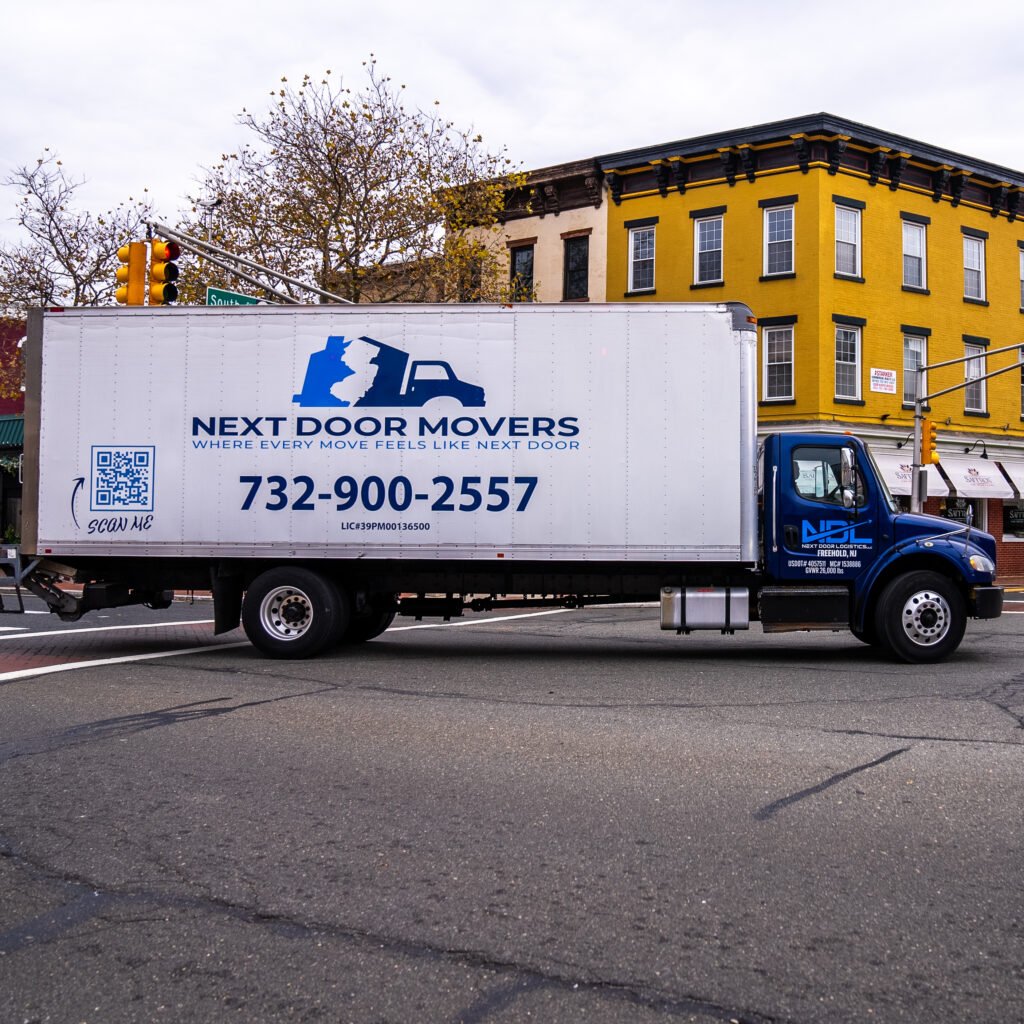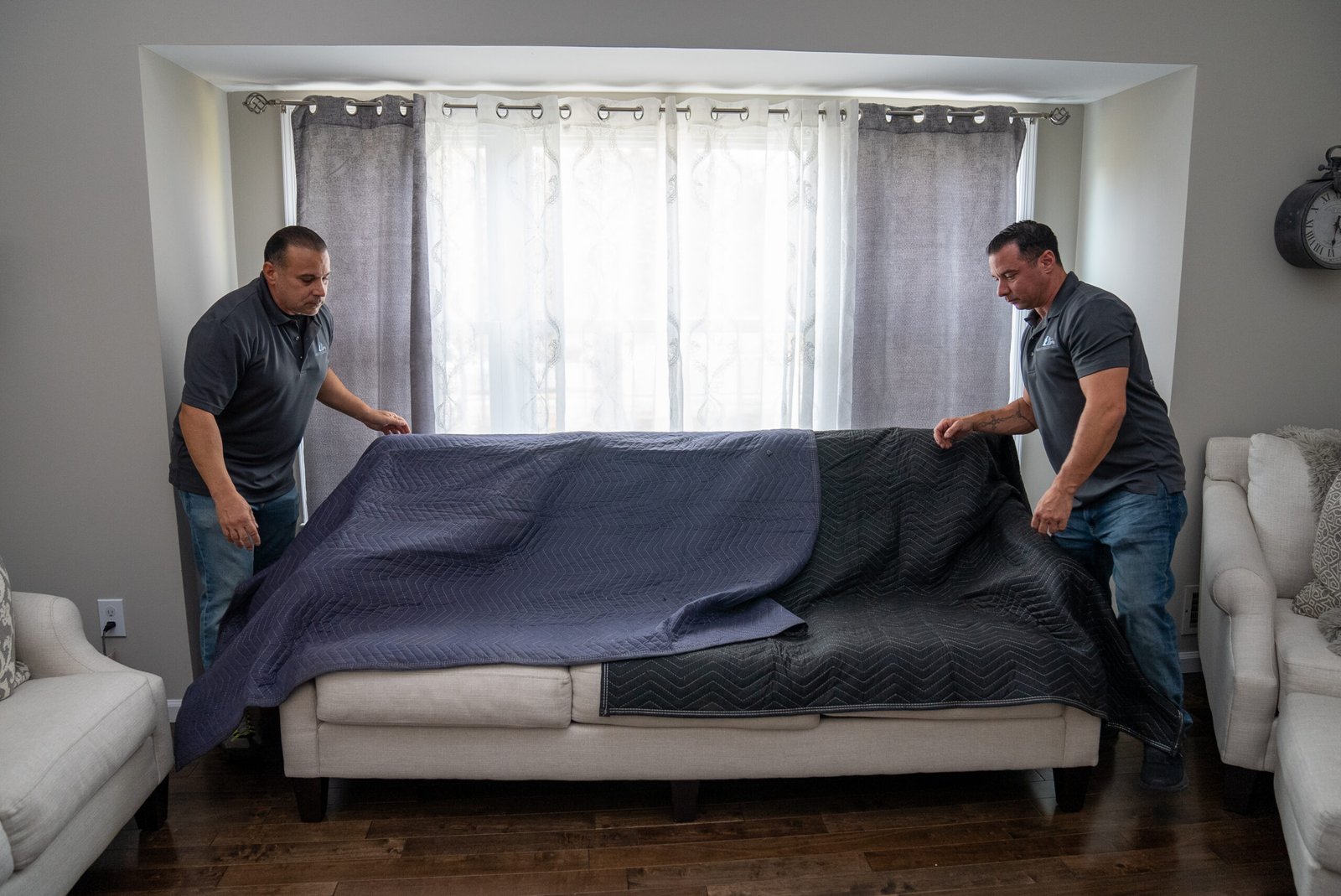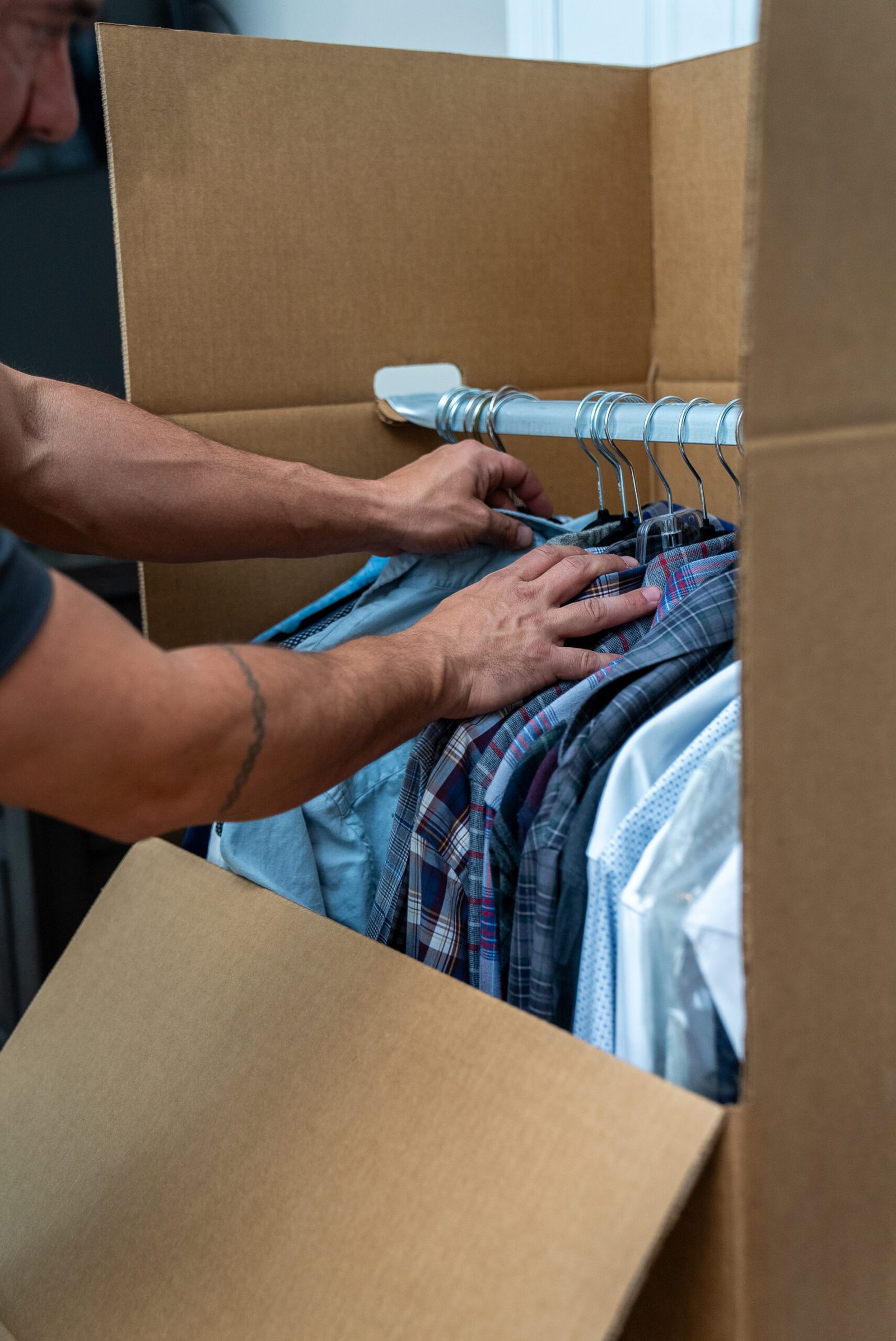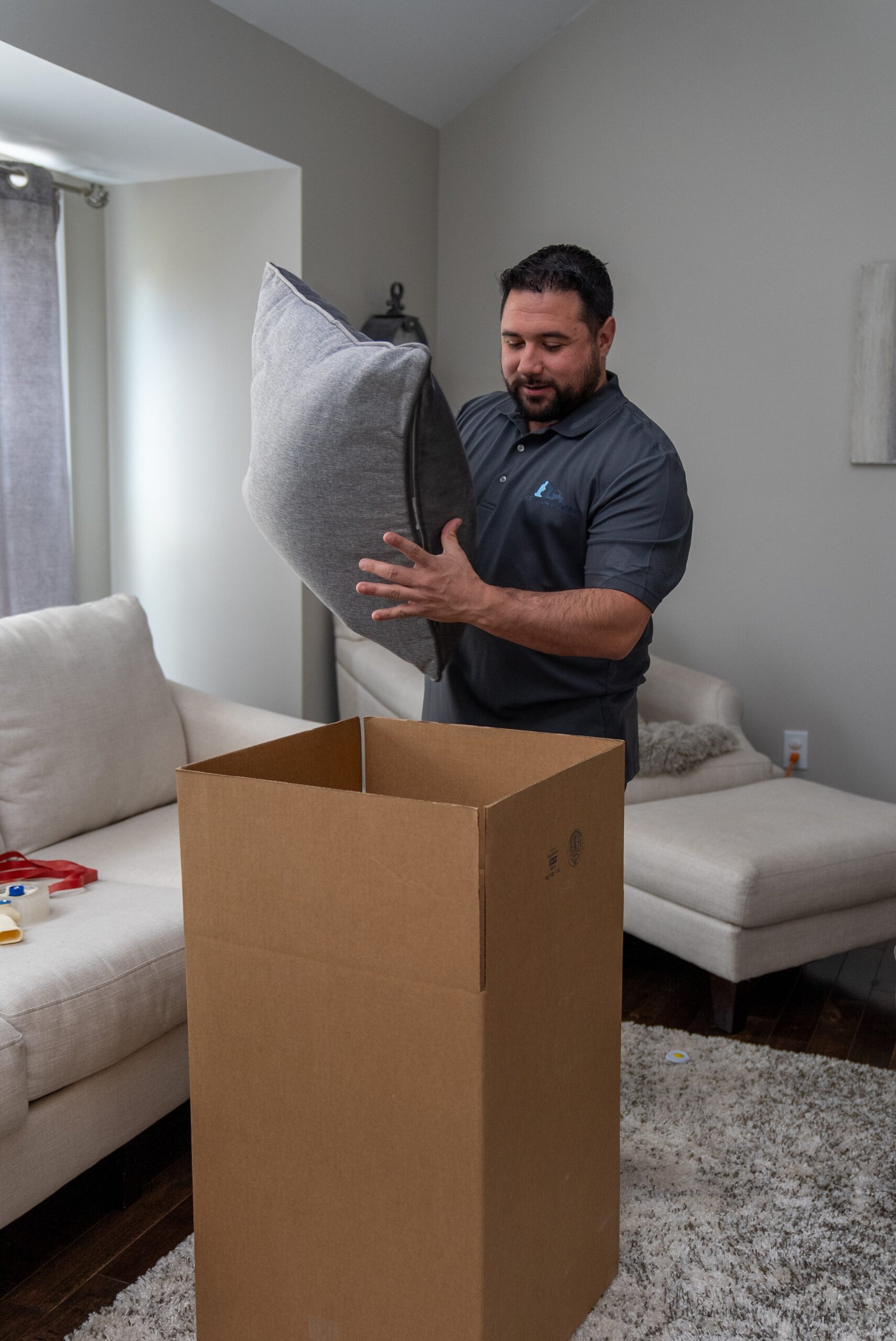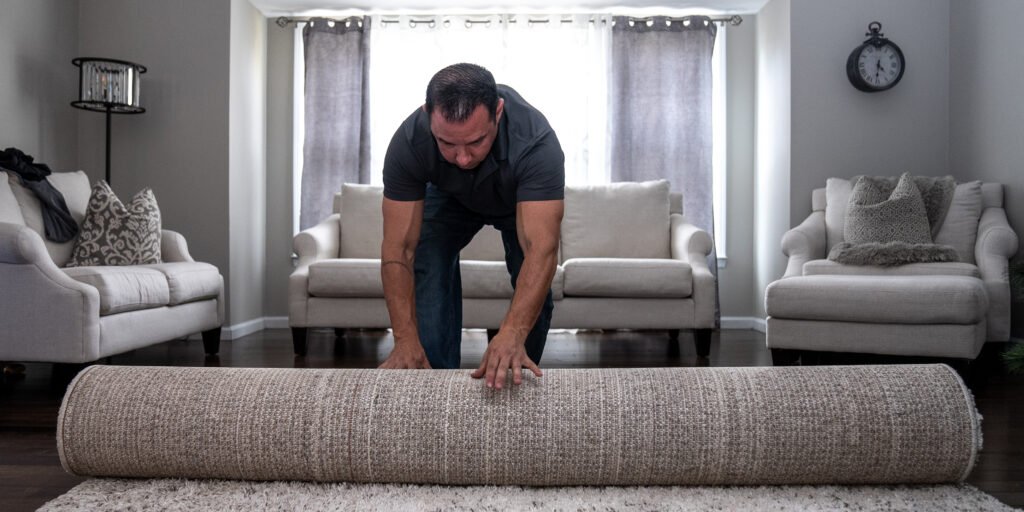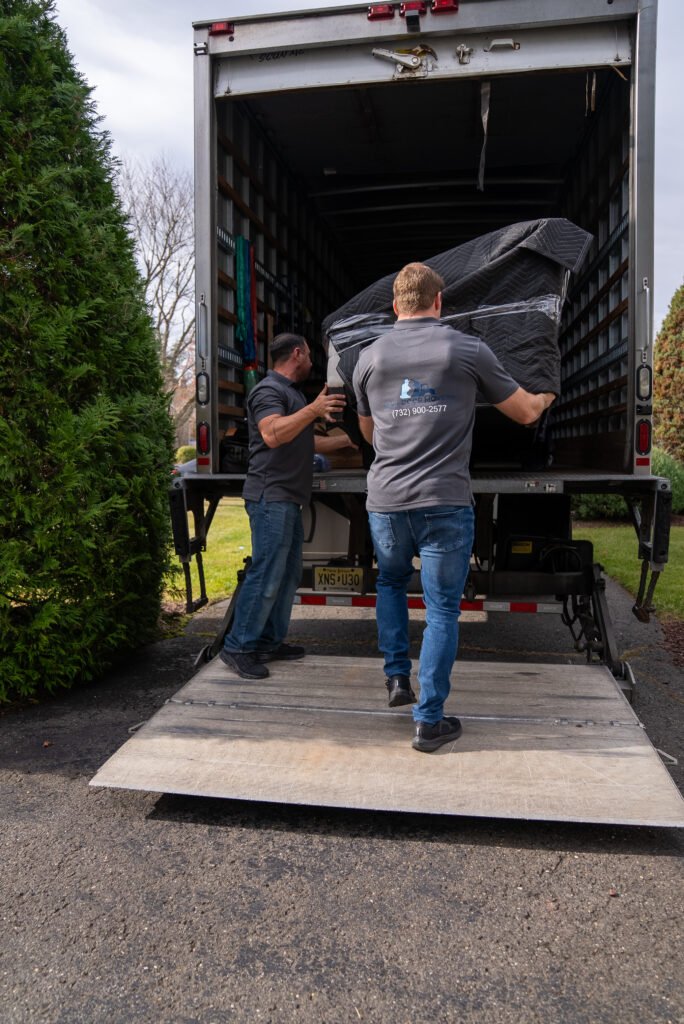Frequently Asked Questions
Can Next Door Movers handle specialty item moves, like pianos?
Next Door Movers can handle specialty item moves, including pianos. Our experienced team uses specialized equipment and techniques to ensure safe and efficient transportation of delicate and valuable items.
What is the cost of hiring Next Door Movers for a local move?
The cost of hiring Next Door Movers for a local move varies based on factors such as the size of your move and specific services required. For an accurate estimate, we recommend requesting a free quote tailored to your needs.
Can I get a free quote from Next Door Movers online?
You can easily receive a free quote from Next Door Movers online. Simply visit our website and fill out the quote request form to get an estimate tailored to your moving needs.
Are Next Door Movers licensed and insured professionals?
Next Door Movers are licensed and insured professionals, ensuring that your moving experience is safe and secure. We adhere to all regulations and standards, providing peace of mind during your relocation.
Does Next Door Movers provide packing supplies and materials?
Next Door Movers provides a selection of packing supplies and materials to ensure your items are securely packed for your move. We offer boxes, tape, bubble wrap, and more to simplify your packing process.
Does Next Door Movers offer residential and commercial moving?
Next Door Movers provides both residential and commercial moving services. Whether you're relocating your home or business, our expert team is here to ensure a smooth transition for your move.
What is Next Door Movers average customer rating?
Next Door Movers has an impressive average customer rating of 4.8 out of 5 stars, reflecting our commitment to providing exceptional moving services and customer satisfaction.
What types of specialty moves do you offer?
Next Door Mover offers a variety of specialty moving services, including piano moving, antiques and fine art transportation, and commercial equipment relocation, ensuring the safe and secure transfer of your valuable items.
How can I request a local moving quote?
Requesting a local moving quote is simple. You can easily fill out our online quote form on the Next Door Mover website or call us directly to discuss your moving needs and receive an estimate.
Are moving estimates available over the phone?
Moving estimates are available over the phone. You can call Next Door Mover to receive a detailed estimate based on your specific moving needs, helping you understand costs and plan your move efficiently.
What factors influence the moving cost estimate?
The factors that influence the moving cost estimate include the distance of the move, the size and weight of your belongings, additional services requested (like packing and unpacking), and any necessary permits or special handling.
Is packing assistance included in local moves?
Packing assistance is available for local moves with Next Door Mover. You can choose to add this service for a stress-free moving experience, ensuring your belongings are securely packed and ready for transport.
How do you ensure items are packed securely?
To ensure items are packed securely, we utilize high-quality packing materials and employ trained professionals who follow best practices for packing. Each item is carefully wrapped and secured to prevent damage during transit.
What documentation is required for moving services?
The documentation required for moving services typically includes a government-issued photo ID, the moving contract, and any special permits if applicable, particularly for long-distance or interstate moves.
Can I track my shipment during transit?
You can track your shipment during transit. Next Door Mover provides tracking options to ensure you can monitor the progress of your move in real-time, giving you peace of mind throughout the process.
What additional fees might occur during a move?
Additional fees that might occur during a move include charges for packing materials, long carries, stairs, or elevators, and special items that require extra handling. It's essential to discuss these potential costs with your moving company in advance.
What insurance options are available for my belongings?
The insurance options available for your belongings include basic coverage, which provides limited protection, and full-value protection, which ensures reimbursement for the total value of your items in case of loss or damage during the move.
How do I prepare for a moving day?
Preparing for moving day involves organizing your belongings, packing essential items separately, notifying utilities, and coordinating with your moving company. Creating a checklist can also streamline the process and ensure nothing is overlooked.
What is your cancellation policy for booked moves?
The cancellation policy for booked moves is as follows: clients can cancel their scheduled move up to 48 hours in advance without incurring any charges. Cancellations made less than 48 hours prior may result in a fee.
What type of vehicles do you use for moving?
Next Door Mover uses a variety of specialized moving vehicles, including cargo vans and box trucks, designed to accommodate various sizes of moves, ensuring your belongings are transported safely and efficiently.
Can I change my moving date after booking?
You can change your moving date after booking. We understand that plans can change, so simply contact us as soon as possible, and we'll do our best to accommodate your new date without any hassle.
What happens if my items get damaged during transit?
If your items get damaged during transit, our team at Next Door Mover will guide you through the claims process to ensure you are compensated for your losses. We prioritize protecting your belongings and strive to resolve any issues promptly.
Do you offer storage solutions for my belongings?
Next Door Mover does offer storage solutions for your belongings. Our secure, climate-controlled facilities ensure your items are protected during your move, providing you with a flexible and convenient option until you’re ready to receive them.
How far in advance should I book my move?
Booking your move in advance is essential for a smoother experience. It's recommended to schedule your move at least 4-6 weeks ahead, especially during peak seasons, to secure your preferred dates and ensure availability.
Are there size restrictions for specialty items?
Size restrictions for specialty items do exist. While we aim to accommodate a wide range of items, particularly large or fragile specialty belongings, it's best to consult with us directly for specific size limitations and requirements.
Can you handle moves with limited accessibility?
Next Door Mover can indeed handle moves with limited accessibility. Our team is trained to navigate challenging environments, ensuring a smooth and efficient moving experience regardless of mobility constraints.
What should I do if I need to reschedule?
If you need to reschedule your move, please contact us as soon as possible. Our team will work with you to find a new date that fits your schedule and ensure a smooth transition for your relocation.
How do your rates compare to other movers?
The rates of Next Door Mover are competitive compared to other moving companies. We focus on providing high-quality service at fair prices, ensuring you receive excellent value for your relocation needs.
Do you provide moving supplies for the client?
Next Door Mover provides moving supplies for our clients to ensure a smooth relocation process. We offer essential materials such as boxes, tape, and protective wraps to help make your move easier and more efficient.
What payment methods do you accept for services?
Next Door Mover accepts various payment methods for our services, including credit and debit cards, cash, and online payments. We aim to make the payment process convenient and secure for our customers.
